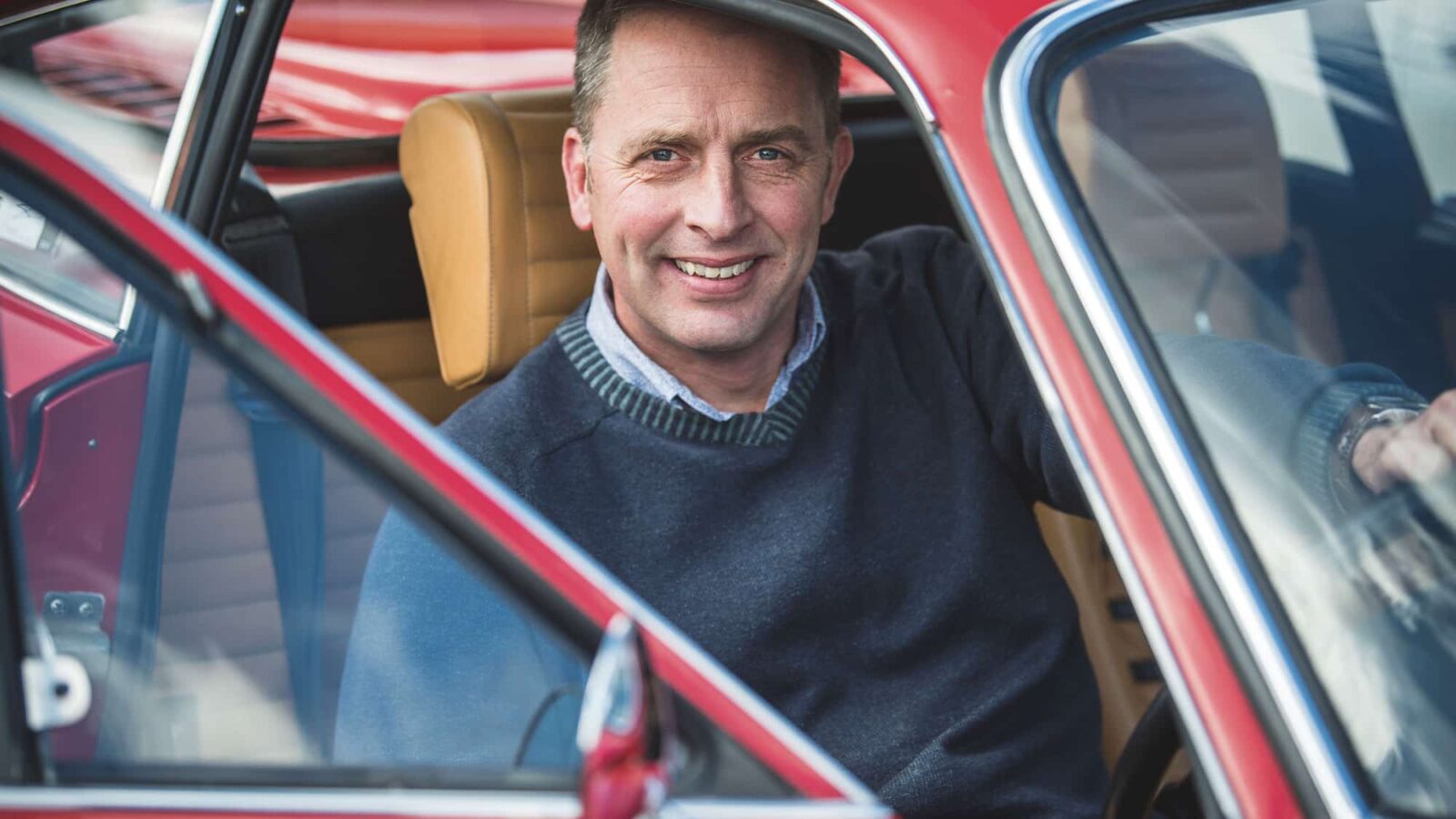
The VSCC at Prescott
In a real heatwave on August 6, the VSCC coped admirably with an entry of 238, and although the start of its annual hill-climb at the BOC's Prescott course had…

Our last article, in which I talked about the purity of the no-reserve auction (and the fact that you might be better off not having one), a few of you got in touch to point out that some online classic car auctions retain the right in their T&Cs to bid the cars they’re selling up to their reserve price.
This is a well-accepted practice in established ‘physical’ car auctions and while it might well be legal, the question I’d like to pose is: is it ethical?
We say not, which is why we don’t do it. After all, not only can a reserve price stifle bidding and act contrary to the interests of the seller, it’s also an entirely arbitrary figure that often represents an aspirational value rather than one that reflects where the market is. We spend an inordinate amount of time collating and presenting up-to-date statistics for the classic car market and our sellers are happy to take our advice if they decide to set a minimum they’re prepared to accept.
Speaking of the market, I thought it might be useful to tell you where we see it at the moment, ahead of what looks like a return to the sort of restrictive measures we saw in the spring. For a start, we had no idea what would happen when the UK went into lockdown and were braced for the worst. However, we’ve never been busier and we weren’t alone because the whole of the classic car world, from garages to accessory suppliers to car auctions, has flourished.
While there was hardship, there were also an awful lot of bored classic car enthusiasts sitting at home earning derisory rates on their savings, worried about stock- market volatility and not having to fork out for season tickets, holidays and lunch at The Ivy. Places like us gave them something pretty to look at, and inspired dreams. And many of us re-evaluated our lives and concluded that delaying the purchase of a long-admired classic would be foolish.
Early post-war Rolls-Royces don’t appeal to those born in the 1980s
So which parts of the market have done well? Historically the old car market has been driven by childhood memories of cars we aspired to and those we had on our bedroom wall. In the past decade or two, the generation with the greatest purchasing power has moved from the baby boomers to Generation X. Their choices are markedly different from those of the previous generation and are reflected in the winners and losers of the summer of 2020.
There are plenty of winners; low- volume icons such as the Audi RS2 or the W124 Mercedes 500E, as well as the best examples of the XK8/XKR and R129 SL. Even the 205GTi, which had a poor 2019, appears to have bounced back somewhat. But it’s not all one-way traffic for modern classics and notable exceptions include Ferraris, 911s and Aston Martins, primarily because they had already reached a high level in the past decade. It’s more difficult to pull out any obvious winners among ‘traditional’ classics. The gentle decline of the last year or two for some, such as the Healey 3000 and Frogeye Sprite, Jaguar XK, Daimler SP250 and early post-war Rolls-Royces and Bentleys, has continued. They don’t appeal as much to those born in the 1980s and beyond.
And yet, proving that nothing in our world is predictable, the best cars from these post-war decades are still fetching good money, like the stunning MGC we sold recently for over £31,000, setting what might be a world record in the process.
Might now be the time to buy a car from the 1960s? Have they reached the bottom of the value curve? Send us your thoughts.